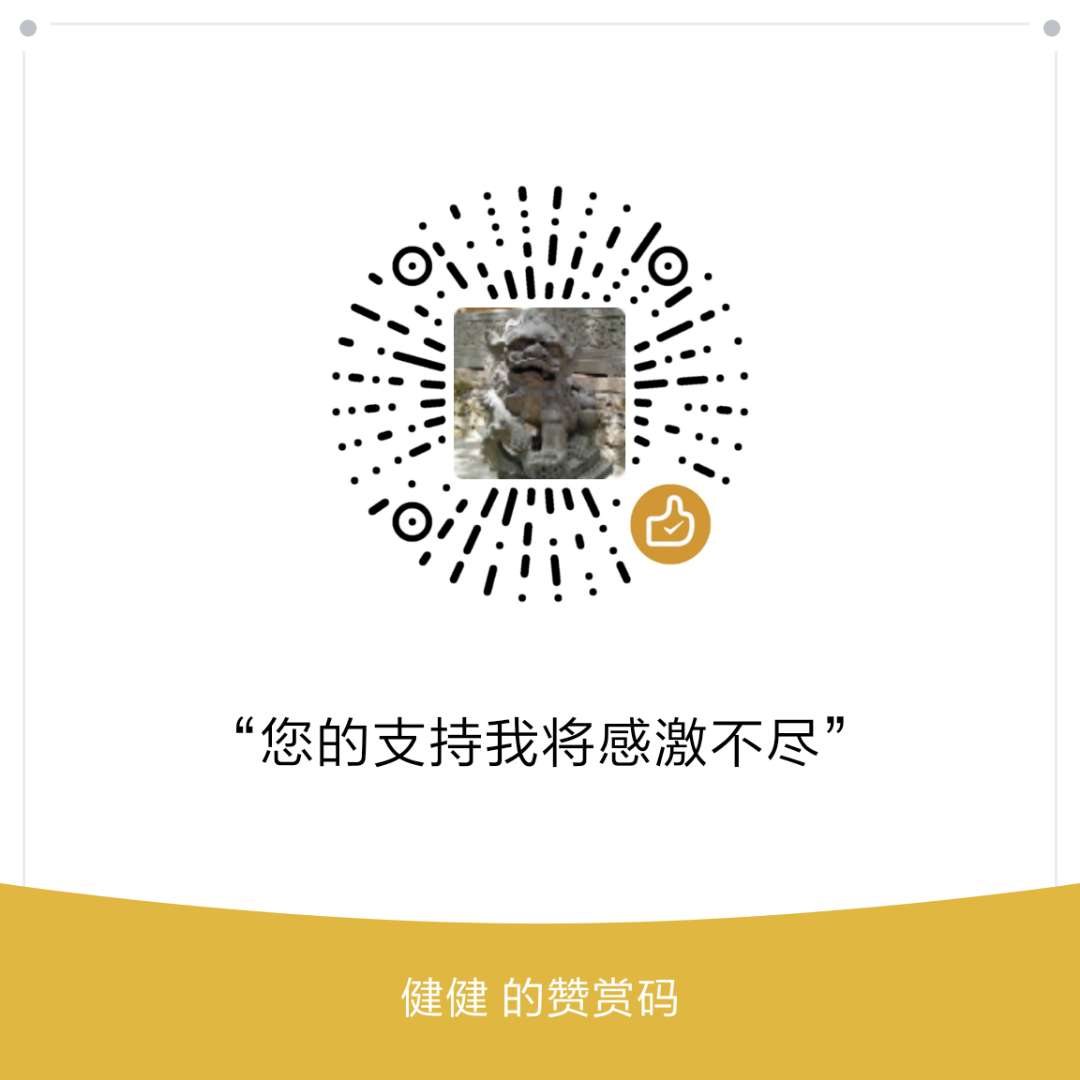当你在使用 Lombok 的 @Data 注解时,其实会有一些坑需要关注,今天就让我们来见识一下。
Lombok
先来简单介绍一下 Lombok ,其官方介绍如下:
Project Lombok makes java a spicier language by adding ‘handlers’ that know how to build and compile simple, boilerplate-free, not-quite-java code.
大致意思是 Lombok 通过增加一些”处理程序”,可以让 Java 代码变得简洁、快速。
Lombok 提供了一系列的注解帮助我们简化代码,比如:
| 注解名称 | 功能 |
|---|---|
@Setter |
自动添加类中所有属性相关的 set 方法 |
@Getter |
自动添加类中所有属性相关的 get 方法 |
@Builder |
使得该类可以通过 builder (建造者模式)构建对象 |
@RequiredArgsConstructor |
生成一个该类的构造方法,禁止无参构造 |
@ToString |
重写该类的toString()方法 |
@EqualsAndHashCode |
重写该类的equals()和hashCode()方法 |
@Data |
等价于上面的@Setter、@Getter、@RequiredArgsConstructor、@ToString、@EqualsAndHashCode |
看起来似乎这些注解都很正常,并且对我们的代码也有一定的优化,那为什么说@Data注解存在坑呢?
@Data注解
内部实现
由上面的表格我们可以知道,@Data是包含了@EqualsAndHashCode的功能,那么它究竟是如何重写equals()和hashCode()方法的呢?
我们定义一个类TestA:1
2
3
4
5
public class TestA {
String oldName;
}
我们将其编译后的 class 文件进行反编译:1
2
3
4
5
6
7
8
9
10
11
12
13
14
15
16
17
18
19
20
21
22
23
24
25
26
27
28
29
30
31
32
33
34
35
36
37
38
39
40
41
42
43
44
45
46
47
48
49
50
51
52
53
54
55
56
57
58
59
60public class TestA {
String oldName;
public TestA() {
}
public String getOldName() {
return this.oldName;
}
public void setOldName(String oldName) {
this.oldName = oldName;
}
public boolean equals(Object o) {
// 判断是否是同一个对象
if (o == this) {
return true;
}
// 判断是否是同一个类
else if (!(o instanceof TestA)) {
return false;
} else {
TestA other = (TestA) o;
if (!other.canEqual(this)) {
return false;
} else {
// 比较类中的属性(注意这里,只比较了当前类中的属性)
Object this$oldName = this.getOldName();
Object other$oldName = other.getOldName();
if (this$oldName == null) {
if (other$oldName != null) {
return false;
}
} else if (!this$oldName.equals(other$oldName)) {
return false;
}
return true;
}
}
}
protected boolean canEqual(Object other) {
return other instanceof TestA;
}
public int hashCode() {
int PRIME = true;
int result = 1;
Object $oldName = this.getOldName();
int result = result * 59 + ($oldName == null ? 43 : $oldName.hashCode());
return result;
}
public String toString() {
return "TestA(oldName=" + this.getOldName() + ")";
}
}
针对其equals()方法,当它进行属性比较时,其实只比较了当前类中的属性。如果你不信的话,我们再来创建一个类TestB,它是TestA的子类:1
2
3
4
5
6
7
public class TestB extends TestA {
private String name;
private int age;
}
我们将其编译后的 class 文件进行反编译:1
2
3
4
5
6
7
8
9
10
11
12
13
14
15
16
17
18
19
20
21
22
23
24
25
26
27
28
29
30
31
32
33
34
35
36
37
38
39
40
41
42
43
44
45
46
47
48
49
50
51
52
53
54
55
56
57
58
59
60
61
62
63
64
65
66
67
68public class TestB extends TestA {
private String name;
private int age;
public TestB() {
}
public String getName() {
return this.name;
}
public int getAge() {
return this.age;
}
public void setName(String name) {
this.name = name;
}
public void setAge(int age) {
this.age = age;
}
public boolean equals(Object o) {
if (o == this) {
return true;
} else if (!(o instanceof TestB)) {
return false;
} else {
TestB other = (TestB)o;
if (!other.canEqual(this)) {
return false;
} else {
// 注意这里,真的是只比较了当前类中的属性,并没有比较父类中的属性
Object this$name = this.getName();
Object other$name = other.getName();
if (this$name == null) {
if (other$name == null) {
return this.getAge() == other.getAge();
}
} else if (this$name.equals(other$name)) {
return this.getAge() == other.getAge();
}
return false;
}
}
}
protected boolean canEqual(Object other) {
return other instanceof TestB;
}
public int hashCode() {
int PRIME = true;
int result = 1;
Object $name = this.getName();
int result = result * 59 + ($name == null ? 43 : $name.hashCode());
result = result * 59 + this.getAge();
return result;
}
public String toString() {
return "TestB(name=" + this.getName() + ", age=" + this.getAge() + ")";
}
}
按照代码的理解,如果两个子类对象,其子类中的属性相同、父类中的属性不同时,利用equals()方法时,依旧会认为这两个对象相同,测试一下:1
2
3
4
5
6
7
8
9
10
11
12
13
14
15
16
17
18
19
20
21
22public static void main(String[] args) {
TestB t1 = new TestB();
TestB t2 = new TestB();
t1.setOldName("123");
t2.setOldName("12345");
String name = "1";
t1.name = name;
t2.name = name;
int age = 1;
t1.age = age;
t2.age = age;
System.out.println(t1.equals(t2));
System.out.println(t2.equals(t1));
System.out.println(t1.hashCode());
System.out.println(t2.hashCode());
System.out.println(t1 == t2);
System.out.println(Objects.equals(t1, t2));
}
结果为:1
2
3
4
5
6true
true
6373
6373
false
true
问题总结
对于父类是Object且使用了
@EqualsAndHashCode(callSuper = true)注解的类,这个类由 Lombok 生成的equals()方法只有在两个对象是同一个对象时,才会返回 true ,否则总为 false ,无论它们的属性是否相同。这个行为在大部分时间是不符合预期的,
equals()失去了其意义。即使我们期望equals()是这样工作的,那么其余的属性比较代码便是累赘,会大幅度降低代码的分支覆盖率。
解决方法
- 用了
@Data就不要有继承关系,类似 Kotlin 的做法。 - 自己重写
equals(), Lombok 不会对显式重写的方法进行生成。 - 显式使用
@EqualsAndHashCode(callSuper = true), Lombok 会以显式指定的为准。
总结
以上便是我在使用@Data时碰到的问题以及自己的一些思考,在现在的项目,我干脆不再使用该注解。如果你有什么想法,欢迎在下方留言。
有兴趣的话可以访问我的博客或者关注我的公众号、头条号,说不定会有意外的惊喜。



